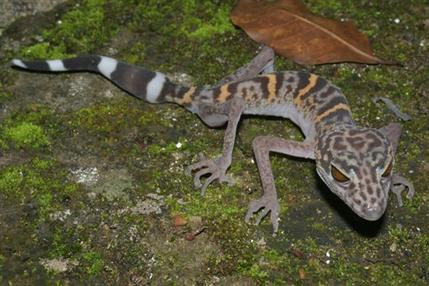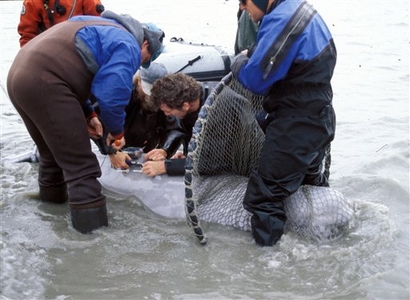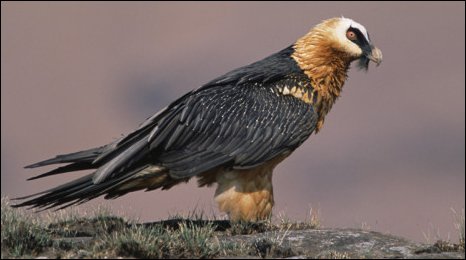
© AP PhotoIn this photo taken Jan. 1, 2008, released by The World Wide Fund for Nature (WWF) a Cat Ba leopard gecko, known by its scientific name Goniurosaurus catbaensis, is seen in Cat Ba Island National Park in northern Vietnam.
A gecko with leopard-like spots on its body and a fanged frog that eats birds are among 163 new species discovered last year in the Mekong River region of Southeast Asia, an environmental group said Friday.
WWF International said that scientists in 2008 discovered 100 plants, 28 fish, 18 reptiles, 14 amphibians, two mammals and one bird species in the region. That works out to be about three species a week and is in addition to the 1,000 new species catalogued there from 1997 to 2007, the group said.
"After millennia in hiding these species are now finally in the spotlight, and there are clearly more waiting to be discovered," said Stuart Chapman, director of the WWF Greater Mekong Program.
Researchers working for WWF warned that the effects of climate change, including an upsurge in droughts and floods, threaten the diverse habitat that supports these species. That is on top of traditional threats such as poaching, pollution and habitat destruction.



